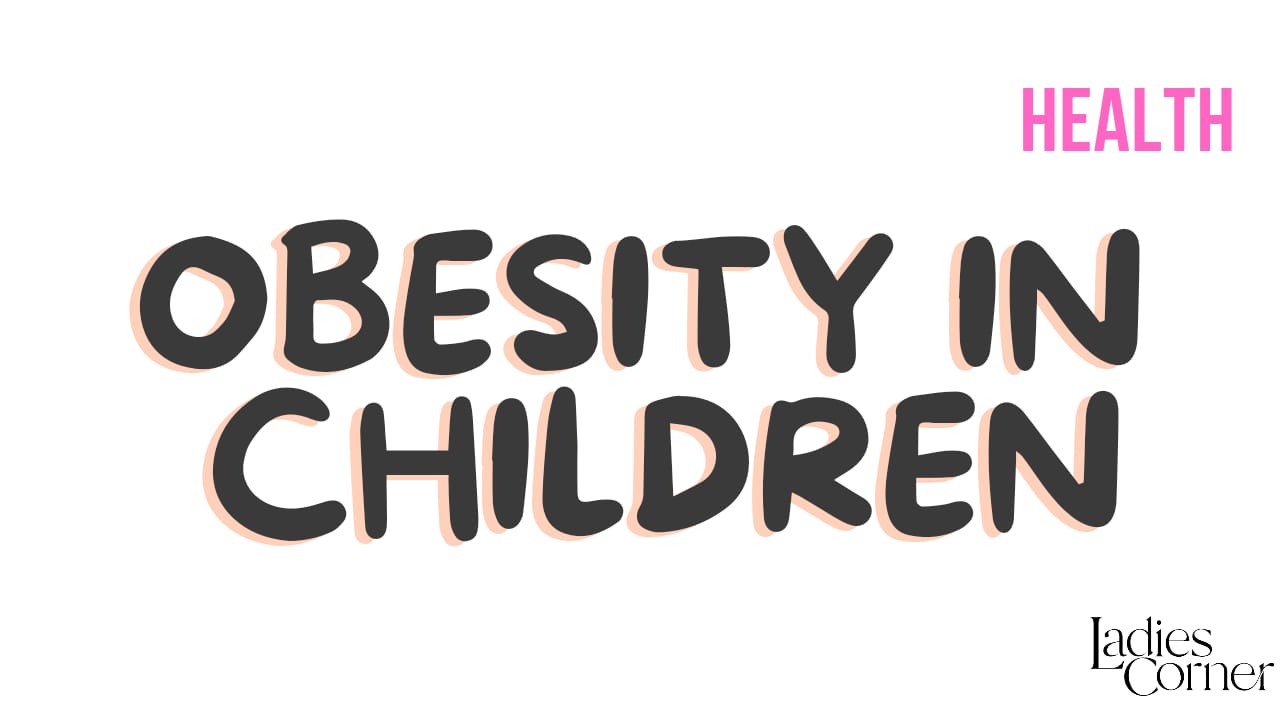
Obesity in Children | A write up
Childhood obesity is a serious public health concern characterized by excessive body weight in children and adolescents. It can have both immediate and long-term negative health consequences. Here are some key points about childhood obesity:
Prevalence: Childhood obesity has risen globally over the past few decades. Factors contributing to this increase include changes in dietary habits, decreased physical activity, and sedentary behaviours.
Health Risks: Childhood obesity is associated with various health risks, including an increased likelihood of developing type 2 diabetes, cardiovascular diseases, high blood pressure, joint problems, and psychological issues such as low self-esteem and depression.
Causes: The causes of childhood obesity are complex and multifactorial. They involve genetic, environmental, behavioural, and socioeconomic factors. A lack of access to healthy foods, limited opportunities for physical activity, and family lifestyle habits all play a role.
Diet: Diets high in calories, sugars, unhealthy fats, and processed foods contribute to obesity. Increased consumption of sugary beverages and fast food, along with limited intake of fruits, vegetables, and whole grains, can lead to weight gain.
Physical Activity: Sedentary lifestyles, including spending too much time watching television, playing video games, and using electronic devices, contribute to obesity. Insufficient physical activity can lead to energy imbalance, where calorie intake exceeds calorie expenditure.
Parental Influence: Parents and caregivers significantly impact a child’s eating habits and physical activity levels. Family behaviours, such as meal choices, portion sizes, and activity routines, play a crucial role in shaping a child’s health habits.
School Environment: Schools can influence childhood obesity through nutrition policies, physical education programs, and the availability of nutritious meals. Encouraging physical activity and providing healthier food options can help combat obesity.
Prevention and Intervention: Preventing childhood obesity involves promoting a balanced diet, regular physical activity, and healthy lifestyle habits from an early age. Interventions might include educational campaigns, community programs, and policy changes aimed at creating supportive environments for healthy living.
Psychosocial Factors: Childhood obesity can lead to psychological stress, bullying, and low self-esteem, which can have long-term effects on mental health.
Health Equity: Childhood obesity disproportionately affects certain socioeconomic and ethnic groups. Addressing health disparities requires a comprehensive approach that takes into account access to healthy foods, safe play spaces, and healthcare resources.
Public Policy: Government policies can significantly impact childhood obesity rates. Implementing regulations on advertising unhealthy foods to children, improving nutrition labelling, and enhancing school nutrition programs are some examples.
Addressing childhood obesity requires a coordinated effort from families, communities, schools, healthcare professionals, policymakers, and the food industry. Promoting healthy behaviours, improving access to nutritious foods, and creating environments that support physical activity are all essential components of efforts to prevent and reduce childhood obesity.



